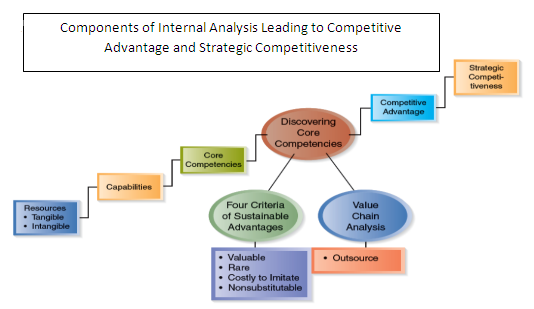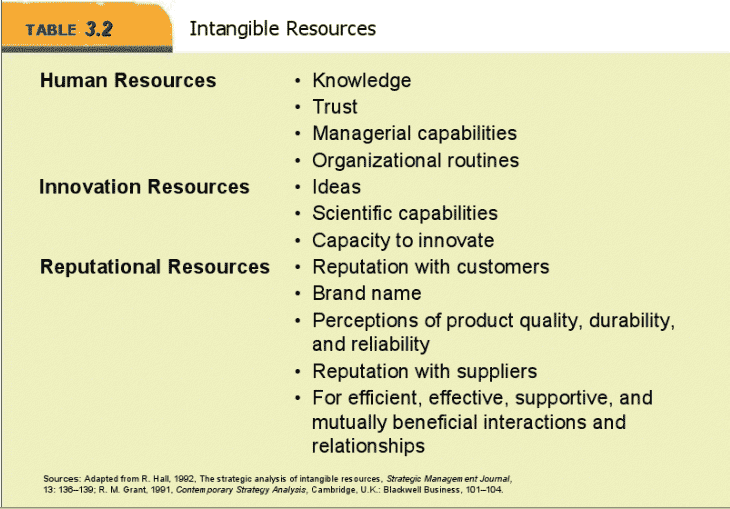About Thinking Creatively
Thinking Creatively is about taking a step back... when you want or need to think strategically and creatively about your business... or about your customer's business... or about a solution to a challenging business problem. The goal is to be one part inspiration and one part motivation. We hope to provide - over time - thought-provoking advice, tools, ideas and company profiles that help get you to your next breakthrough. Your feedback and interaction is invited, welcomed and encouraged.
Thinking Creatively is made possible by the support of GMC Software Technology. Normally such features are for "Premium Members" only. However, because the topic is so timely and essential to all executives in the industry we asked GMC Software Technology to provide support for this series. Their support allows us to to present these articles free for all WhatTheyThink.com members.
One of our last “Thinking Creatively” articles of 2010 was titled “How Well Is Your Business Positioned for the Future?”. In that article we posed a series of six strategic questions designed to get you thinking about the future of your business…how it is positioned competitively for differentiation…and how to find growth opportunities that are perfect for your business.
In this article we elaborate on another one of the six questions: What is Your Company REALLY Good At?
Why is this such a seminal question?
In highly competitive industries – where most every service provider has access to the same capabilities, tools and raw materials – it can be especially difficult to achieve true differentiation.
Many other industries face a similar challenge. Think about construction companies and contractors (you can be a jack-of-all-trades or specialize in kitchens). Think consumer banks and brokerage houses (they all sell nearly the exact same product). Or think about some basic consumer goods like detergent…bottled water…or PCs. Every player must dig deep to get to competitive differentiation.
As traditional marketing communications channels and tools undergo seismic changes…and as sourcing options continue to expand geographically…it has never been more vital to understand, build upon and expand your core competencies and company strengths.
Are you great at production and the manufacturing end of the business? How do you build true competitive advantage from that expertise? Is your team full of great problem solvers? How can you package that skill set in new ways to expand your business? Do your customers praise you for your creativity and design expertise? If creativity is in your company DNA, how do you leverage that highly valued competency to help customers in whole new ways?
Through it all, make sure to stay realistic. Someone good at framing and sheetrock is not necessarily going to be great at drawing up architectural plans. On the other hand, an electrician could easily branch into avant-garde lighting fixtures.
I encourage you to click on some of the links in this article to drill down and get the full explanations of the tools, techniques and elements that can help you discover and take maximum advantage of what your company really does best.
Core Competencies – an older concept with fresh implications.
Core competencies are the resources and capabilities that combine to become the source of a company’s competitive advantage.
Two authors are typically cited for conceiving the concept of core competencies. C. K. Prahalad authored The Core Competence of the Corporation (with Gary Hamel, Harvard Business Review, May–June, 1990) which continues to be one of the most frequently re-printed articles published by the Harvard Business Review.
Here is an explanation of core competencies from the website of respected consulting firm Bain and Company: http://www.bain.com/management_tools/tools_competencies.asp?groupcode=2
A Core Competency is a deep proficiency that enables a company to deliver unique value to customers. It embodies an organization's collective learning, particularly of how to coordinate diverse production skills and integrate multiple technologies. Such a Core Competency creates sustainable competitive advantage for a company and helps it branch into a wide variety of related markets. Core Competencies also contribute substantially to the benefits a company's products offer customers. The litmus test of a Core Competency? It's hard for competitors to copy or procure. Understanding Core Competencies allows companies to invest in the strengths that differentiate them and set strategies that unify their entire organization.
Here is a look at the system for discovering and utilizing core competencies.
Start at the lower left and move to upper right. Note how “resources lead to capabilities lead to competencies, competitive advantage and strategic competitiveness.” Source: http://bit.ly/exIZZM
A few definitions will help you process the hierarchy represented in the chart.
Resources are a firm’s assets, including people, your brand, capital equipment, skills of employees and financial resources. There are tangible and intangible resources, as shown below:
Tangible resources -- combined with intangible resources – are components to create capabilities…which can be structured to become core competencies. Source: http://bit.ly/exIZZM
Capabilities result from the integration and interaction of specific resources to achieve a desired end state…and often involve a company’s human resource – your people – to mix the right resources.
Core competencies are the resources and capabilities that combine to become the source of a company’s competitive advantage…usually activities that add unique value to the goods and services a company sells. These competencies represent what your company typically excels at…the areas where you outperform competitors.
Another View: Focus on the “S” of your SWOT Analysis
Another reference point on the issue of core competencies is to think about your company’s strengths…as you would for a SWOT analysis (Strengths/Weaknesses, Opportunities/Threats). In a SWOT analysis, the “S” and “W” are often thought of as the “internal assessment” of a company. Here is a diagram that shows some classic SWOT components.
Here various components of a SWOT Analysis. Internal elements are shown in the circle titled “Organization”. External elements are shown in the section called “Macroenvironment”. Source: http://marketing4excellence.blogspot.com/2009/04/using-swot-analysis.html
How do you go about discovering your core competencies?
Here is a great list, again from Bain, that provides a “to do list”, for bringing your competencies to the forefront of strategy development:
To develop Core Competencies a company must:
- Isolate its key abilities and hone them into organization-wide strengths;
- Compare itself with other companies with the same skills, to ensure that it is developing unique capabilities;
- Develop an understanding of what capabilities its customers truly value, and invest accordingly to develop and sustain valued strengths;
- Create an organizational road map that sets goals for competence building;
- Pursue alliances, acquisitions and licensing arrangements that will further build the organization's strengths in core areas;
- Encourage communication and involvement in core capability development across the organization;
- Preserve core strengths even as management expands and redefines the business;
- Outsource or divest noncore capabilities to free up resources that can be used to deepen core capabilities.
Another effective approach is to answer a series of questions – trying to dig beyond the surface -- when analyzing your strengths:
It is only strength when it is recognized by a customer.
- What compliments do our customers consistently bestow on us?
- Do we usually win the jobs we quote? Why or why not?
- Are we specialists or generalists? Where do we specialize and excel?
- Do we offer turnkey solutions to customers (such as complete, usable products, or do we excel at specific component parts that fit into a larger solution)?
- Do we have existing products or services that could be re-bundled to enhance each other, or offer new solutions?
- Are our lead times competitive enough? Could we be doing more to dramatically cut down project completion time?
- What are some advantages created by a strength of ours… or a combination of our strengths?
- What value do these strengths add to our product or service that is unique or difficult to imitate by the competition?
- Does our product or service mix really satisfy the needs of potential customers – those we don’t serve today?
Criteria that turn core competencies into competitive advantage
Core competencies are the resources and capabilities that combine to become the source of a company’s competitive advantage.
Analyzing one’s strengths can often yield misleading results. In one case, a company’s strengths are valid but may not provide any value to your customer. Remember, it is only strength when it is recognized by a customer. Second, a company is often unrealistic about what their strengths really are. If in doubt, try making a list of the characteristics of your company…inevitably, some of the items will pop out as being core competencies.
Another tip when looking at your strengths: Think about them in relation to your competitors. For example, if all of your competitors provide high quality products, then a high quality production process is not strength in your organization's market, it's a necessity.
Finally, here are four criteria – and they are a challenge – that will help you judge the competencies leading to competitive advantage:
- Is this particular core competency of high value?
- Is it rare – something hard to find elsewhere?
- Would it be costly for others to imitate?
- Is it nonsubstitutable – if others try to replicate it, will they typically fail?
Whether you decide that the move into creative services is right for you…or you invent new production methods that lead to dramatically improved turnaround times for customers…or you become an expert in a specific type of communications vehicle…building from your core competencies will just increase your likelihood of long term success and prosperity.



















